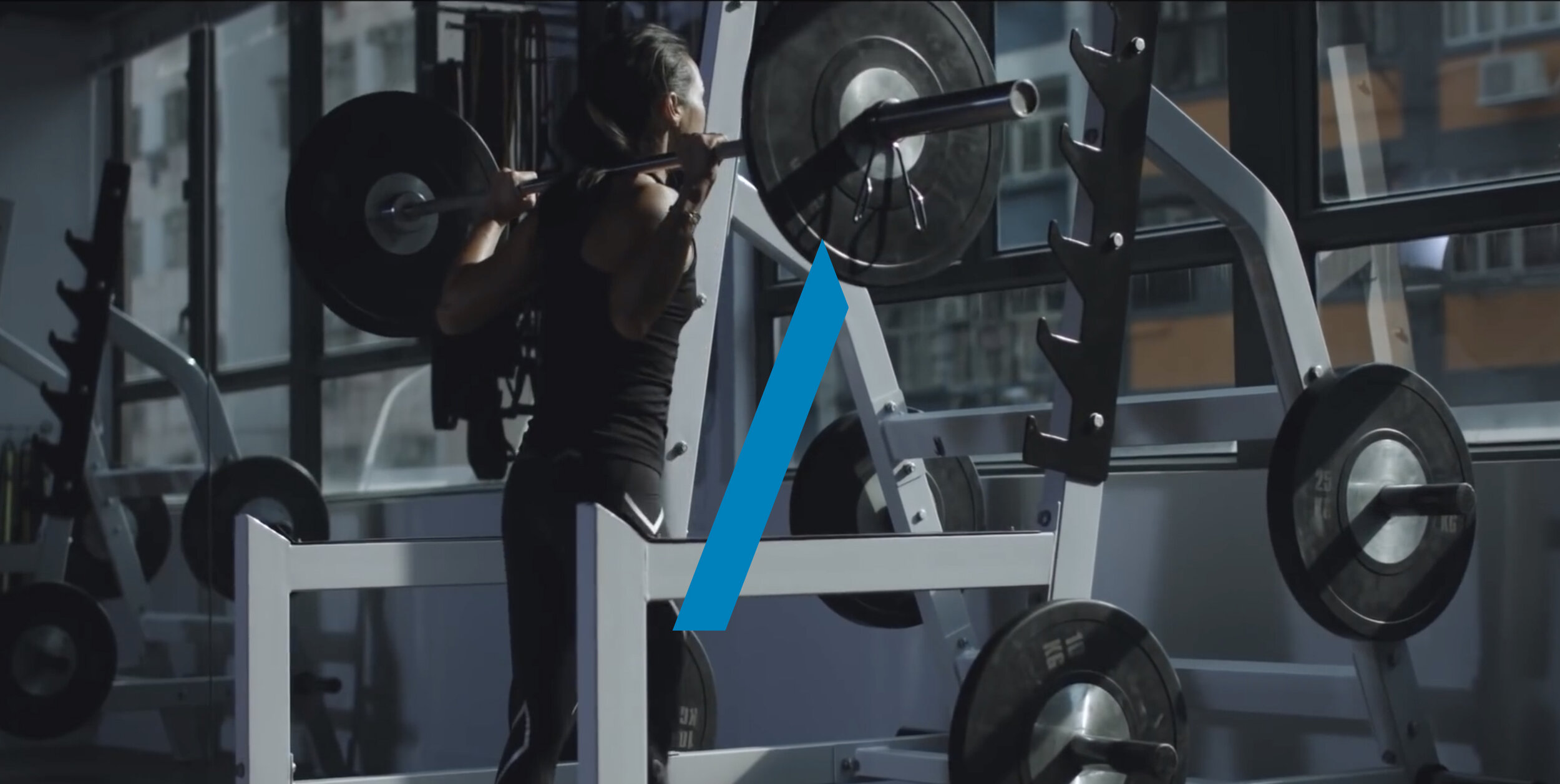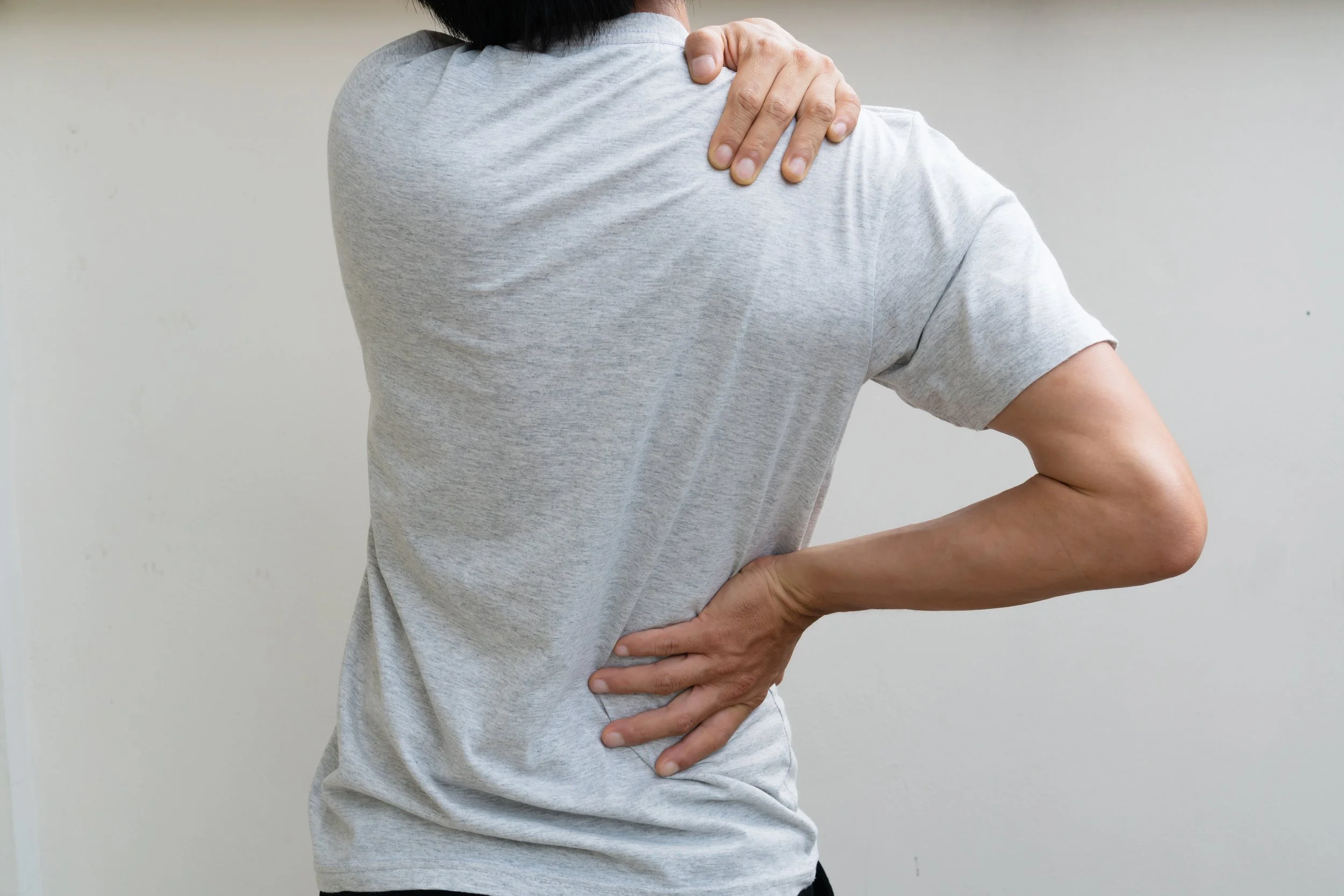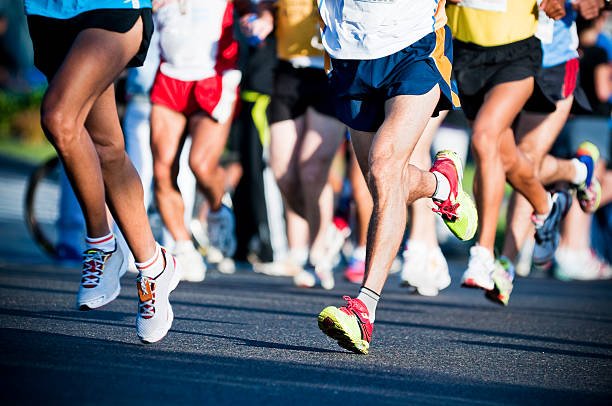If tying your shoelaces hurts, how do you expect to be able to live life fully?
Your lower back is not a lever to replace weak hips and incompetent bracing. Respect your spine and strengthen your movement competency.
Athletes join us for many reasons. Some want to podium in a full Ironman, some aim to PB in Hyrox, some want to be able to Deadlift 2x their body weight, and others just want to be able to put their socks on without being in pain. Regardless of your athletic goal, pain is all encompassing. If you are in discomfort while sitting, standing, lying, or moving around; then we need to do something about it. FYI, ignoring the pain and hoping it will go away is not a strategy, it is a prayer. Let’s use some science for a bit..
Your spine is the structural foundation of your skeletal system. If you are blessed with the ability to walk, run, hinge, turn, and jump then let’s talk about respecting one of the most complex and essential building blocks of your body. Yes your spine can bend (sideways, backwards, forwards, and rotationally), but that does not mean you can use it instead of your hips and knees. Your back is not designed to do the heavy lifting or compensate for tight hips. Yes your back is strong, after all, it keeps your head up, but it is not designed to carry the load of heavy bars or inefficient sitting and standing. Sixty percent of adults report lower back pain (LBP), let’s look at what might be the cause and some take away strategies to identify why your back might be in pain and how to respect yourself a bit more to be able to pick up the fork you dropped.
We will address each of the potential areas of fault below in the coming weeks. For now just place yourself in the Green (Yes I can), Amber (nearly but room for improvement), or Red (wow that hurts) box for each.
Mobility?
The foundation of a healthy system is a full unrestricted range of movement. Three main joints contribute to being able to tick the lower body mobility checkbox.
Ankles - With a flat foot, bend your knee to the wall and if your knee travels 10cm + past your toes then your ankles are mobile. Less than that and you will struggle to squat (sit down) properly.
Knees - your thighs must be able to touch your calves, either passively or, ideally, actively. If your knees hurt when you bend them to this range then you will struggle to absorb force through your thigh muscles when you walk around. This will force the work up into your lower back which is not designed to be a backup generator.
Hips - keeping a neutral (long) spine, you must be able to hinge to 90’ at the hips. Hold a pole behind your back to see how well you can push your hips towards the wall behind you. Less than 90’ will inevitably result in using your lower back to reach down.
▶ Click here to watch Tom demonstrate each of the Mobility markers.
Strength?
We can cut this up in many directions but let’s stay with the basics again. Three essential movements that if you can’t produce because of weakness then we have found the culprit and can get started on the solution…
Trunk - returning to a previous video you need to be able to hold a neutral braced position in your mid section. The Deadbug is our go to assessment for this. Utilise a band under your lower back to mark your neutral position and progress your limb movement to see where the trunk brace fails (▶Watch our previous Bracing Tips Video). 60s of alternating limbs is bare minimum or you have homework to do.
Hips - assuming you smashed the hip hinge and can achieve 90’ now is the time to see if we can do that under load. Yes you could do a Deadlift but for now lets try the Single Leg Hip Bridge. Put your foot on a step / stair and raise your hips to the ceiling. Keep your tummy down to ensure the work is coming from your hips. Do you observe any differences left to right or after a 60s of reps? Then we have work to do.
Knees and Ankles - your life is lived on one leg through walking, stepping, climbing, and hopefully running. Best to make sure that you have the leg strength to do a static lunge or we have no hope of applying single leg power on the tennis court. So stand in a split stance and keep your chest upright when you lower your back knee to the ground. Do 20 per side. Impossible, then winner winner, we have found the problem.
By now, you should have a Green, Amber, or Red for all six exercises. Stay tuned for the subsequent blogs addressing each one in turn and guiding you through improving them. If like us however you are impatient and want to be pain free now (why wouldn’t you?!) then get in touch and we will start your tailored programming tomorrow.
Interested to learn more about how we can tailor fit a training programme for you?
Why Saying 'no' Matters in Your Gym Programme Too.
Belts don't teach the everyday athlete how to brace for the storm.
Weight belts don’t show strength. They actually say “I’m weak”.
If you need a belt to pick up a bar in a controlled environment, what will you need when you get your bags out of the car…?
Carrying children, stepping over lego, slipping from a curb, sneezing - life is lived in hundreds of shapes, at different speeds, and from morning to night. For 99% of the time it is highly unexpected and chaotic. You rarely foresee the intense pull on the dog lead as a rabbit runs past, anymore than you remember to slowly bend your knees and pick up the tooth brush whilst carefully exhaling on the way down and bracing on the way back up. In my opinion the best exercises are the ones that prepare you for life. Sometimes this includes competitions and high force production (weightlifters, rugby players, name a sport*), but for the most part it includes grandchildren, long periods sitting, and unusually shaped loads.
One of the most ineffective gym tools you can use is a weight belt. Why? Because it is fundamentally a different breathing model to life and you are adapting your body to a weak kinetic chain and breath work whilst protecting ‘your bad back’ when you Deadlift. **Spoiler, if your back hurts enough for you to need a belt to protect it (or wrist straps, or gloves… stop ranting Tom), then you are too weak for the load. Simple.
Donning a belt requires expertise in the Valsalva maneuver to create intra-abdominal pressure during a rep. Put simply, breath and hold to create massive spinal support to maximise force transfer through the body. If your goal is to lift a heavy 1 RM then it has a place. But if your goal is to look strong and impress the gym (second spoiler, no one is actually watching) then you are mistaking noise for substance.
Less than 1% of gym goers compete in force production events but more than 50% of the population report chronic lower back pain. We are enabling the wrong goals.
My hypothesis is that when you strip back the illusionary sex appeal that going to the gym with a belt boasts, the use of anything that de trains every day movement competency is stupid. I do understand that looking good matters (relief for my wife) but I believe that being pain free and capable of a multitude of speeds and shapes is a far better use of time in the gym for most people than fake output. As a coach I cringe over shortcuts and encourage the path of most effective work.
So instead of using a belt to fake your way through a Deadlift, try our tips on bracing feedback to strengthen your vital midline and get cracking with those suitcases up the stairs.
Forrest Gump was just a story.
No one should just get up and run. Not even Forrest. Respect your movement by prepping effectively first
Driving a car towards a wall without testing the brakes at speed makes you foolish (politely). Dropping an egg and salt onto a plate and expecting it to be an omelet makes us wishful. Likewise we need warming up to be our best. Our joints, muscles, lungs, and circulation are not airbags.
If you climb out of your commute and hit the pavement you are creating a kinetic storm in the forces you expect your body to transfer. Equally, if you roll out of bed and demand your coordination to be ready for a pre breakfast match of Padel then your body will one day tell you that you should have primed some sporting shapes more effectively first.
There is a reason that high performing individuals rehearse their actions and ensure they nutritionally, physically, and cognitively prep. And there are lessons that we can all learn from the athletes, business leaders, and individuals around us who seem to effortlessly defy fatigue. Yes they might have a higher baseline of output, but more controllably they schedule a non negotiable window before crucial execution to warm up. They read their notes before a key speech, execute imagery skills before a big race, and always always always pay more attention to readying their performance than ignorantly expecting the mind and body to respond on demand.
So what can you do to best protect yourself before your next Sunday league training or park run? Respect yourself to add 10 minutes and activate the movement pathways and response systems of the body so that your output exceeds a cold engine.
At high specificity the exercises and techniques for warming up will vary. But for the other 99% of us the means to activate your muscles and rehearse for our sport will be similar enough to create non negotiable rules for anyone to follow;
Move your body through increasing ranges of motion that simulate the activity: Before running 5km move through a Runners Lunge to mobilise hips & ankles;
Gradually increase your breathing rate, lung, heart, and circulatory functions from their resting state to the activity intensity: If you expect a HR of 175 bpm on the football pitch, make sure your warm up identifies this with high velocity pitch runs and 30s small sided games;
Activate the specific movement patterns building to a competition intensity: Before accelerating, decelerating, turning, and jumping on the squash court, complete Side Lying Clams, Glute Bridges, Deadbugs, and IYT’s.
Follow our Runners Lunge flow as a generic primer before any activity to prep better than simply a Redbull on the motorway.
Why movement competency matters.
Pain controls everything.
We compensate away from it in our personal lives (*read instantly gratifying hunger or boredom with snacking and Youtube) instead of sitting in discomfort; and our bodies radiate it when movement is dysfunctional or we have done too much. Our lower back overloads and warns us when we pick things up poorly from the floor, and our knees ache when we ascend and descend at speed on tired muscles. Then we know about it for the next week and regret that first 5km run or running with a heavy bag at the station.
So we have a choice. Avoid physical stressors (heavy, fast, uneven, enduring events), or technically and properly develop our movement capacity so that we are resilient and strong enough to cope with whatever life throws at us. This is a personal choice.
Luckily for us mother time will do her part. So you need not do anything if you want your muscles to atrophy, your heart to weaken, your joints to stiffen, and your metabolic age to soar. Simply stay watching Netflix and let the decaying commence.
Or you can fight. You can identify the incompetencies in your daily health, critique your diet, and find windows to live the fullest physical life you can. Then when you are 80 you can chase your grandchildren and carry your own luggage up the stairs.
If you are more inclined to fight than succumb (we hope!) then you need to know what physical restrictions are inhibiting your movement and smartly train to improve them. No one moves perfectly and we all compensate for that stiff shoulder or niggling elbow. Take the time now to know what for you is preventing pain free daily life and attack it. There are plenty of ways to assess your baseline and it is important to find the right one for you. However you define your journey, we encourage you to check your physical bank balance and educate yourself on the investments you need to be a millionaire.
We believe that everyone with a goal is an athlete and that the only difference between achieving progression or stagnating is a defined purpose to be the best version of yourself. What’s your Pinnacle?
Our Co-Founder, Tom gives us some tips on how to do a Squat shape. Learn how to do this shape properly and notice how you improve the way you move in your everyday activities.
Have you been profiled recently?
If your coach isn’t profiling you frequently then you are paying for a companion - get an iPod, they are cheaper and less condescending.
Valid and reliable data is precisely how we move forward in every aspect of our lives. As S&C coaches we hypothesise, we intervene, we scrutinise (more often than not we prove ourselves wrong over time as science and technology improves), and then we start again with a more educated base.








